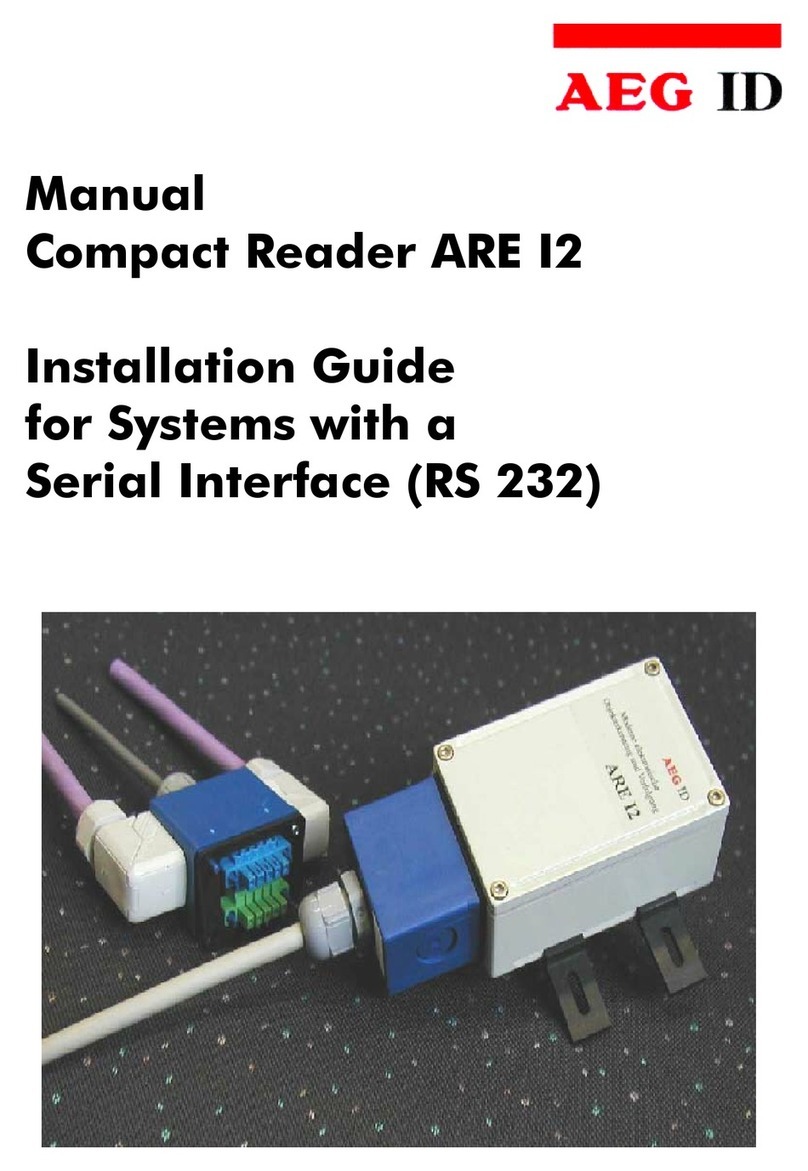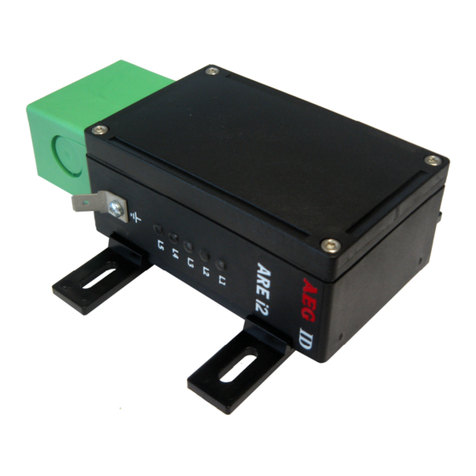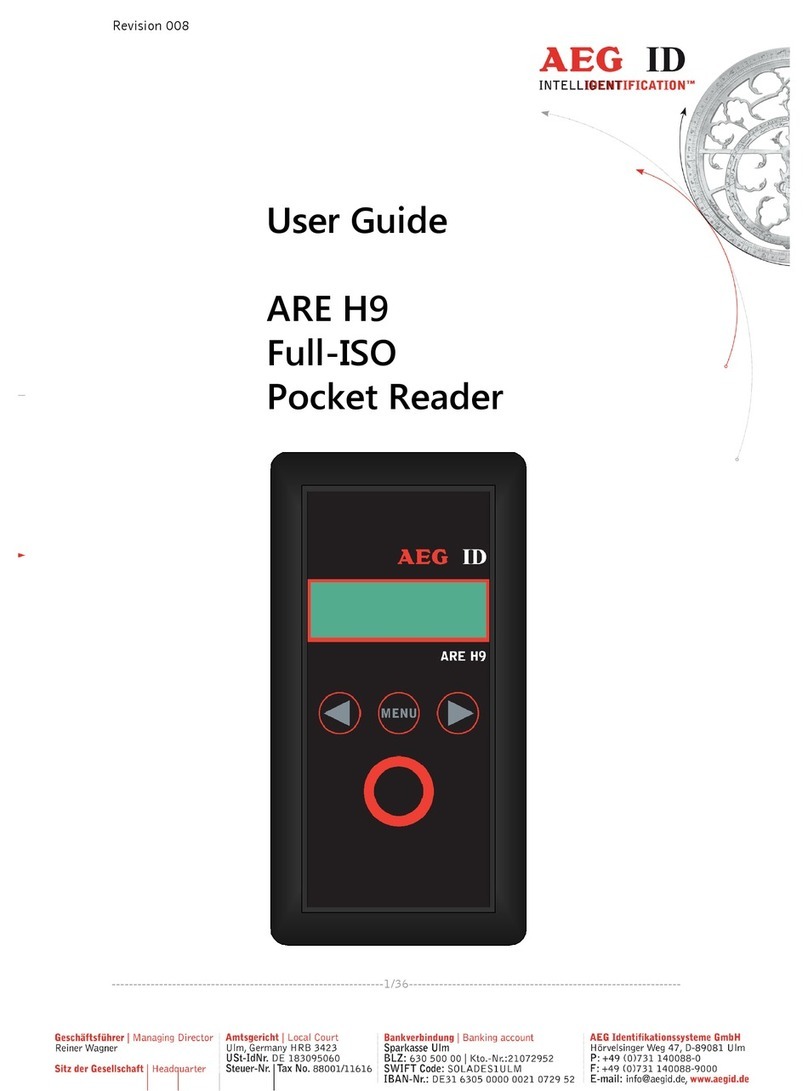
--------------------------------------------------------------------------------3/50--------------------------------------------------------------------------------
5.3.2 CID –suppression of ID Codes ..........................................................................................................22
5.3.3 CN –suppression of No Reads ..........................................................................................................23
5.3.4 INIT –initialization .........................................................................................................................24
5.3.5 MC –mirror code.............................................................................................................................24
5.3.6 TOR –maximum reading time ..........................................................................................................24
5.3.7 SI –set iso standard.........................................................................................................................25
5.3.8 VSAVE –variables save ...................................................................................................................25
5.3.9 VS –variables show .........................................................................................................................25
5.4 General reading instructions....................................................................................................................27
5.4.1 GA –get active.................................................................................................................................27
5.4.2 GT –get tag.....................................................................................................................................27
5.4.3 HD –halt detected code....................................................................................................................28
5.4.4 MD –mode of operation ...................................................................................................................28
5.4.5 RD –read page ................................................................................................................................28
5.4.6 RDM –read page manual .................................................................................................................29
5.4.7 WD –write page ..............................................................................................................................30
5.4.8 WDM –write page manual ...............................................................................................................31
5.5 Mifare instructions ..................................................................................................................................33
5.5.1 AC –anticollision .............................................................................................................................33
5.5.2 AC2 –anticollision ...........................................................................................................................33
5.5.3 KM –key mode ................................................................................................................................33
5.5.4 KT –key type ...................................................................................................................................33
5.5.5 LOG –transponder log in..................................................................................................................34
5.5.6 PBU –purse backup.........................................................................................................................34
5.5.7 PDC –purse decrement ....................................................................................................................35
5.5.8 PIC –purse increment ......................................................................................................................36
5.5.9 PIV –purse init value.......................................................................................................................37
5.5.10 PRV –purse read value ....................................................................................................................37
5.5.11 RQ –request ....................................................................................................................................38
5.5.12 SE –select.......................................................................................................................................38
5.5.13 SE2 –select level 2 ..........................................................................................................................38
5.5.14 WK –write key ................................................................................................................................39
5.6 ISO 15693 instructions............................................................................................................................40
5.6.1 AFI –application family identifier ....................................................................................................40
5.6.2 BS –block size.................................................................................................................................40
5.6.3 GMS –get multiple block security ....................................................................................................40
5.6.4 GS –get system information .............................................................................................................41
5.6.5 LA –lock AFI ..................................................................................................................................41
5.6.6 LD –lock data .................................................................................................................................41
5.6.7 LDS –lock DSFID ...........................................................................................................................42
5.6.8 MDR –my-d read .............................................................................................................................42
5.6.9 MDW –my-d write ...........................................................................................................................42
5.6.10 RTR –reset to ready ........................................................................................................................43
5.6.11 WA –write AFI ...............................................................................................................................43
5.6.12 WDS –write DSFID.........................................................................................................................43
6OPERATING MODES OF THE READER ......................................................................44
6.1 MD 2 - Triggered by an Software Command............................................................................................44






























